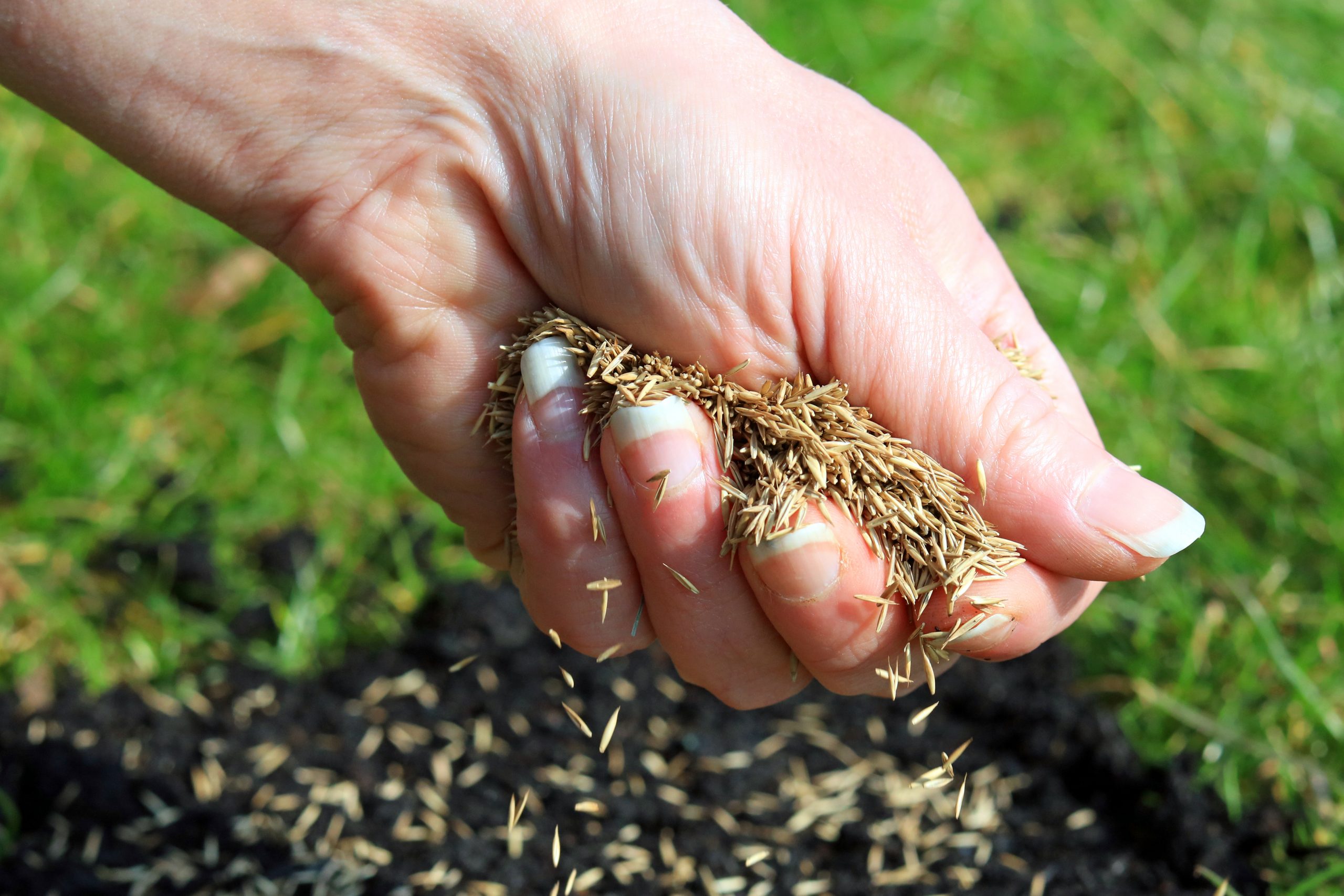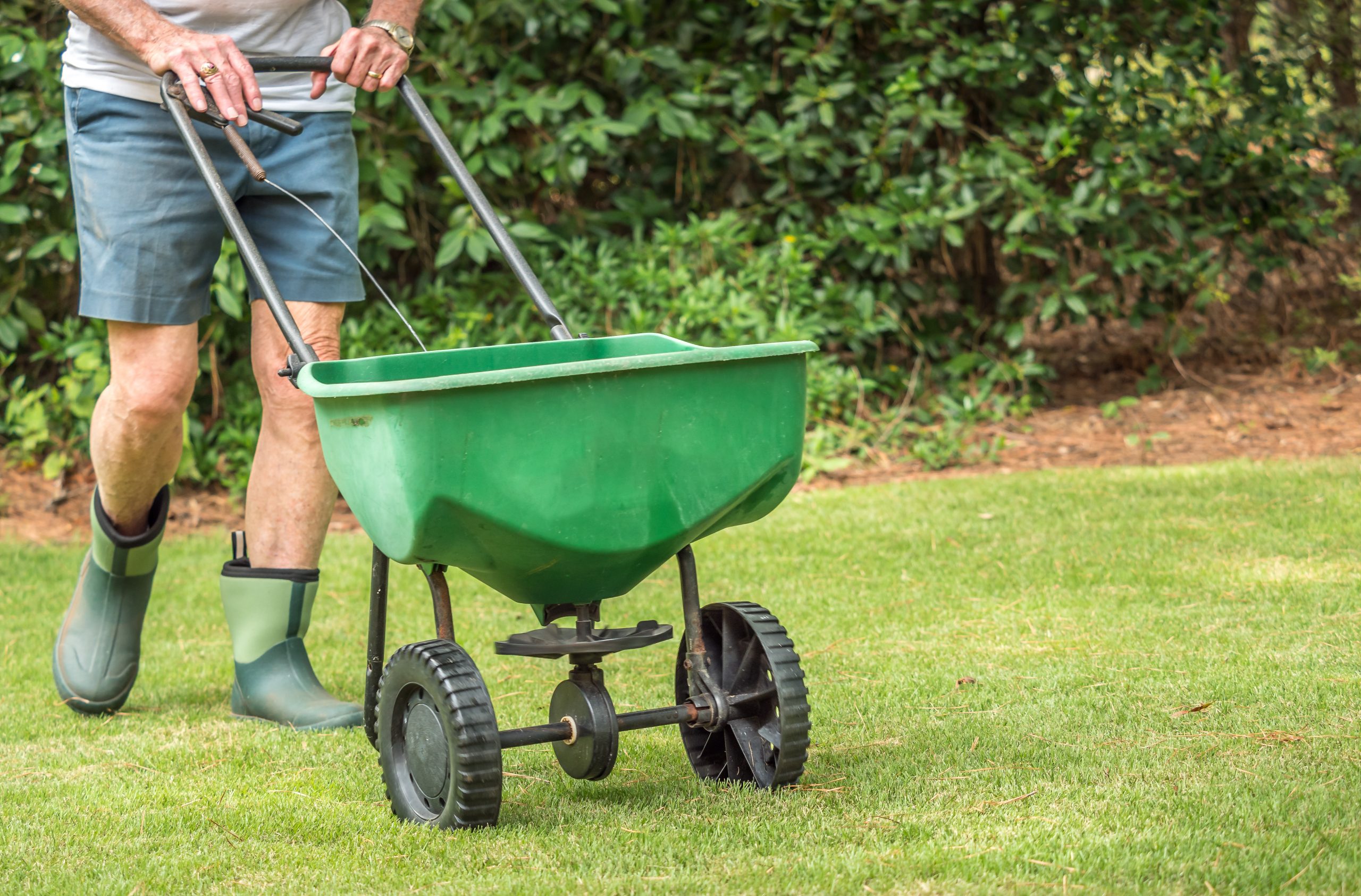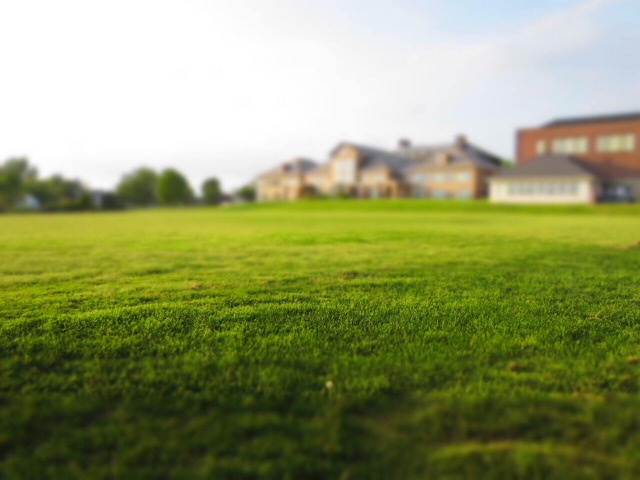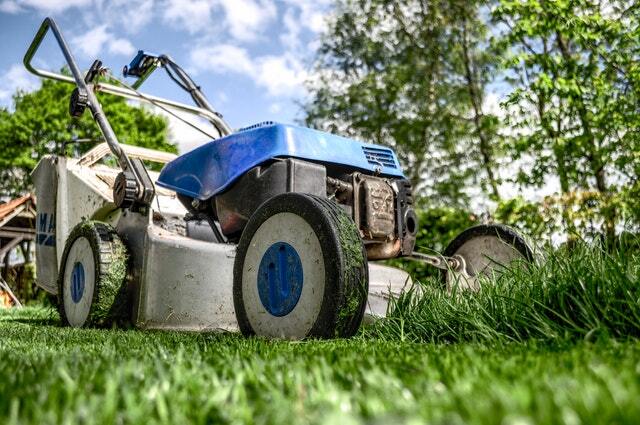OUR GUIDE ON
How to look after your garden

Good quality top soil to a minimum of 100mm (4”), ideally 150mm (6”) should be turned over with the removal of surface stone, other debris and perennial weeds. Our BS 3882 top soil provides an ideal base for laying.
Digging over or rotavating the soil is important where the soil has become compacted. After digging walk to and fro using small steps over the whole area to firm down the loose soil.
Two days before your turf arrives, water the area to a depth of 75mm to make the soil moist. A square metre roll measures 610mm (24”) x 1640mm (64.5”).
Turf must be rolled out within 24 hours (maximum) in the Autumn/Winter and 12 hours in Spring/Summer. Start laying turves preferably along a straight side in a row, butting closely end to end. On subsequent pieces stagger the joints in a brickwork fashion.
Planks should be placed on newly laid turf for walking along and working from.
Lightly firm down the turves to ensure good contact between the soil and the underside of each turf. Using a rake held vertically and pressing against the turf is ideal. Always push the turf into the joints. Never stretch the turves by pulling them. Any remaining cracks can be filled with light soil and tamped down.


Immediately after laying turf, start watering. It is important to give the turf a really good soaking, ensure the water has soaked through the turf into the underlying soil. The watering must be repeated until the turf is well established, it is the single most important step you need to take to establish a beautiful and long lasting lawn.
You may start mowing as early as four days after laying but only if you can do so without disturbing the lawn and only if the grass is at a height of about 25mm (1”). Turf will accept light traffic immediately (walking) but wait a week or so before athletic activities.


